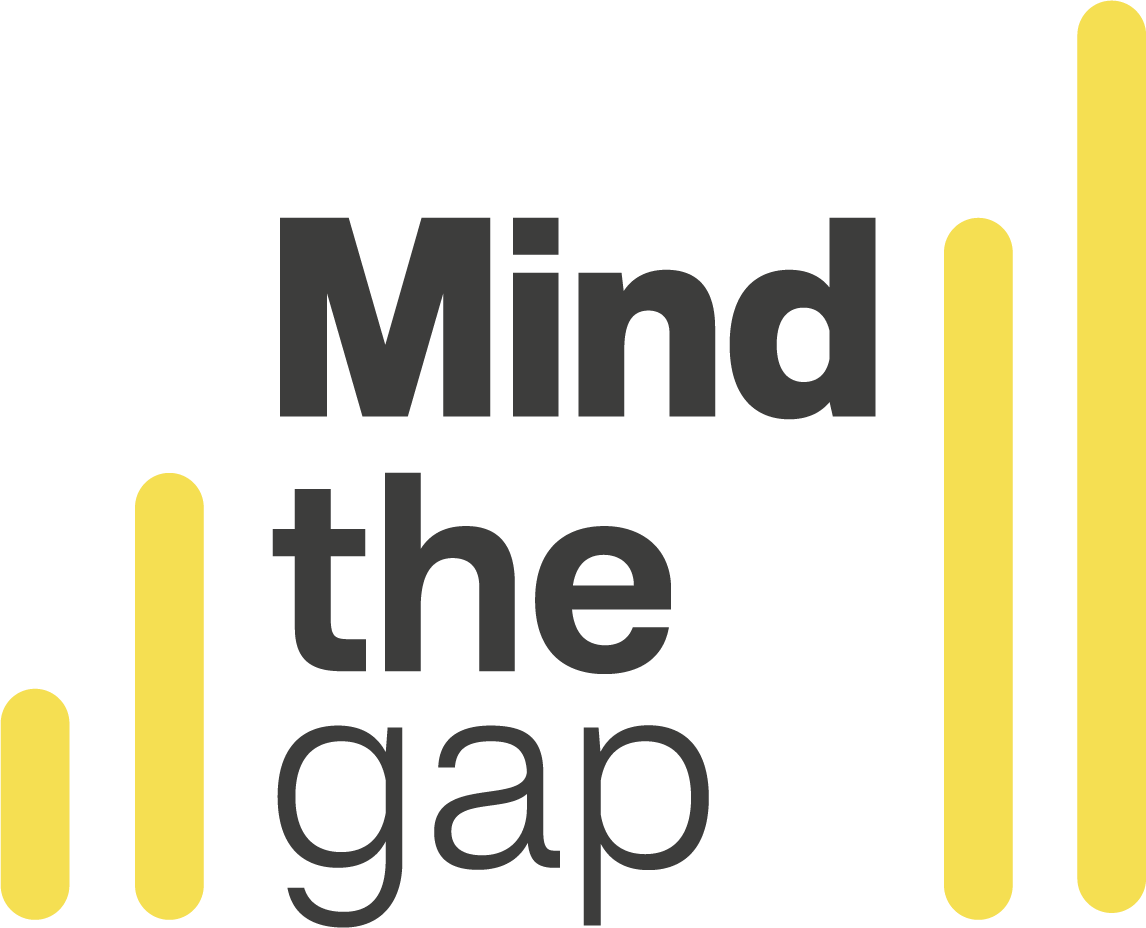Producing the world’s first Virtual Reality Community Opera
Out of the Ordinary/ As an gNách first began life back in 2019 when Irish National Opera was approached by the non-for-profit tech research organisation VICOMTECH about a European funding bid looking at using new technology in community opera as a tool for social transformation.
Back then, INO was still very much in its infancy. The company, formed in 2018 had just completed its first full season, and I, tasked with building an outreach programme from scratch, had only been in post six months. We were an open book, keen to spread the word of opera in Ireland.
How could we use technology to create innovative connections with communities new to opera?
As a national opera company, we take our remit of reach outside of Dublin incredibly seriously. The company tours regularly to venues across the country and we were keen to build an outreach programme that also reflected this approach. How could we use technology to create innovative connections with communities new to opera?
One major challenge for national reach is the issue of suitable theatrical spaces in Ireland. Whilst INO tours across the nation, there are many parts of the country where it still isn’t possible for us to reach as there simply aren’t theatres large enough to accommodate an orchestra of any size. The experience of live opera is a visceral and unique experience. If we’re to truly have a national presence in Ireland, we need to find novel ways of presenting opera that still capture this extraordinary element.
This is where virtual reality comes in: a medium that has been rapidly developing over the last decade and becoming increasingly affordable. Virtual reality, by which I mean a work designed to be experienced through a virtual reality headset has the capability to tell brand new stories. What’s more the medium is incredibly mobile: needing only the headset and a small amount of space for any audience member to move freely in, a far cry from an opera company’s usual ask from venues.
Through virtual reality, we wanted to create a community opera, by which I mean a piece co-created by both professional and non-professionals. The professionals bring to the process their experience and craft, but the non-professionals bring with them their own particular perspective and experience, meaning these collaborations can result in new, relevant stories being told by communities previously disconnected from the world of opera.
Virtual reality’s mobility meant that we would eventually have an opera that could reach areas of the country traditionally impossible for us to get to, so to reflect this, we decided to work with a disparate group of different communities from across the country that represent a broad cross section of the people of Ireland. With this in mind, we focussed on three key communities to concentrate our work: adults living in Tallaght, secondary school students from rural areas and adults living in Tallaght and South Dublin.
Generating ideas from non-professional artists
The piece took three years to develop. Over that time, we built relationships with the communities and worked with them to develop their own artistic agency through a variety of workshops in different disciplines. Whilst all the work fed into the final opera, often this connection wasn’t always explicit. We would run writing workshops, but these wouldn’t be tied to the opera’s libretto. The focus was about generating ideas from the non-professional artists. Our professional artists would then sift through the vast volumes of creative output to distill them into a cohesive narrative, often bringing these ideas back to the community for them to re-examine and build upon. Ably led by our composer, Finola Merivale, librettist, Jody O’Neill and director, Jo Mangan, the final piece featured artistic input from non-professional in almost every creative aspect of the work such as the composition sound world, the visual aesthetics, the musical performance and the narrative. Participants were even placed in motion capture suits and their movement features in some the sea life participants encounter in one particular section of the piece.
The final work is a 20-minute experience. Although being in the headset is a solitary activity, audience’s experience the piece in up to groups of six and are met by a facilitator who introduces the work, gets them comfortable in the headset and makes sure their overall experience is a smooth and safe one. Audiences experience the pieces on a bespoke mat, designed by Florentina Burcea, giving them a physical boundary underfoot indicating how far they can walk. The opera itself was designed in a video game engine, Unreal, by the design studio Algorithm, and so everything in the space has been created digitally.
The piece will tour Ireland nationally in 2023 to every county in the country. To read more on how Out of the Ordinary/ As an gNách was devised, head over to http://outoftheordinary.irishnationalopera.ie/en.

